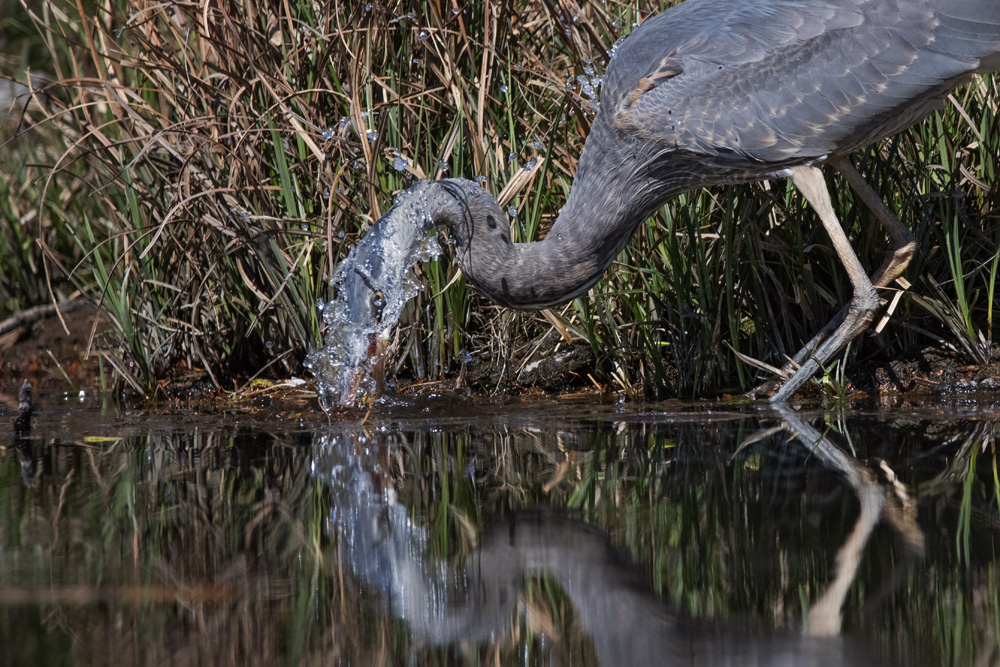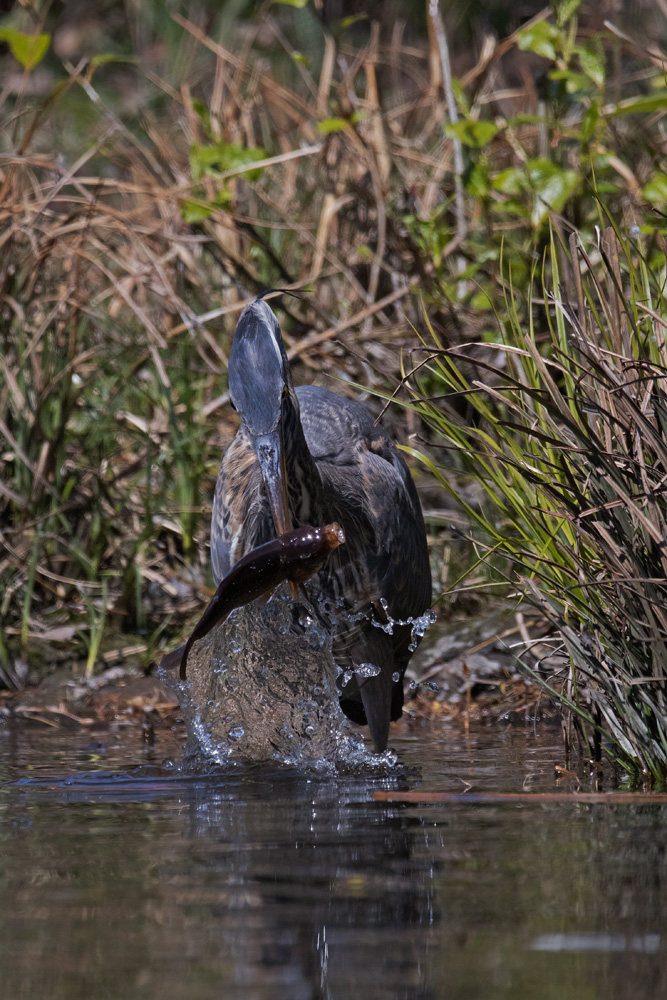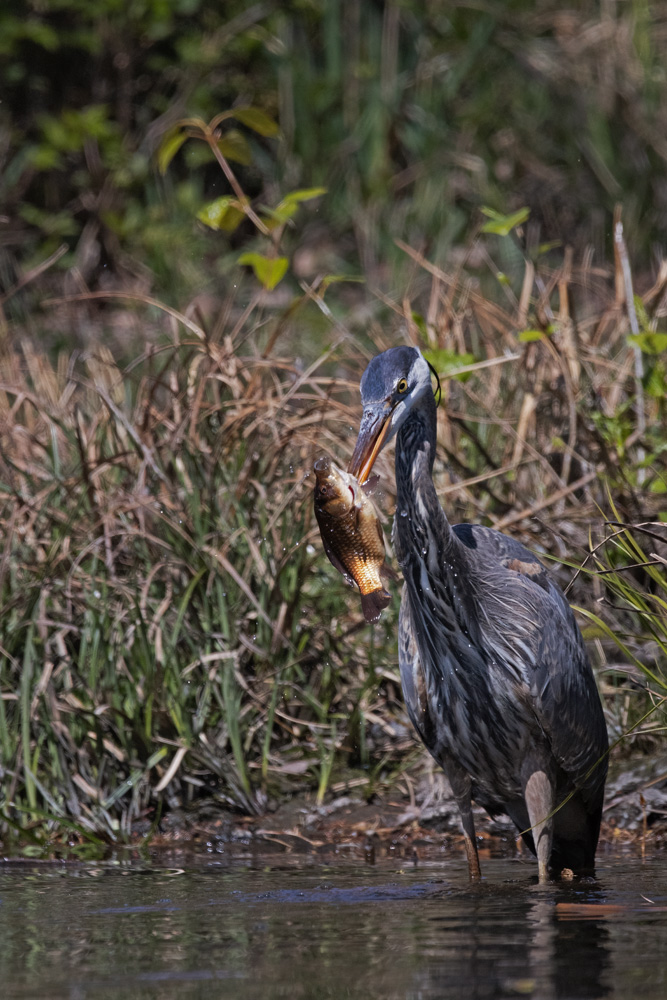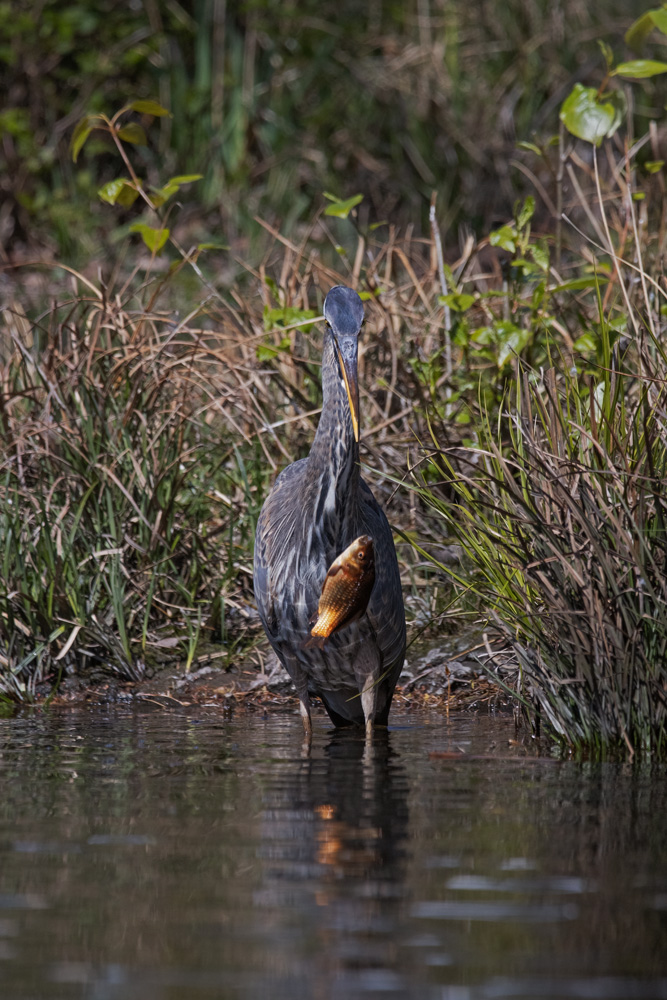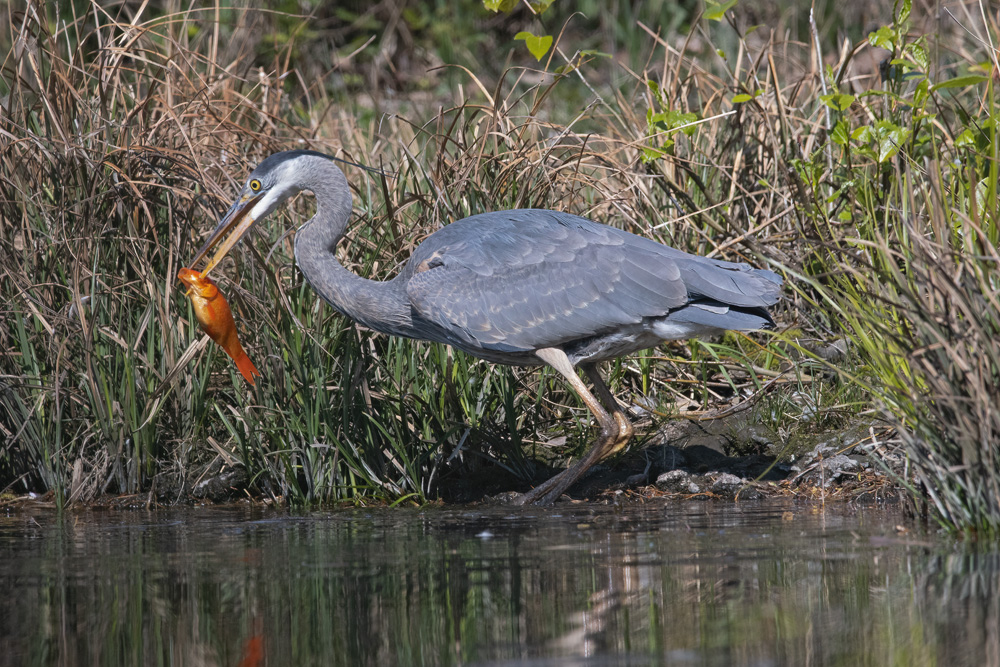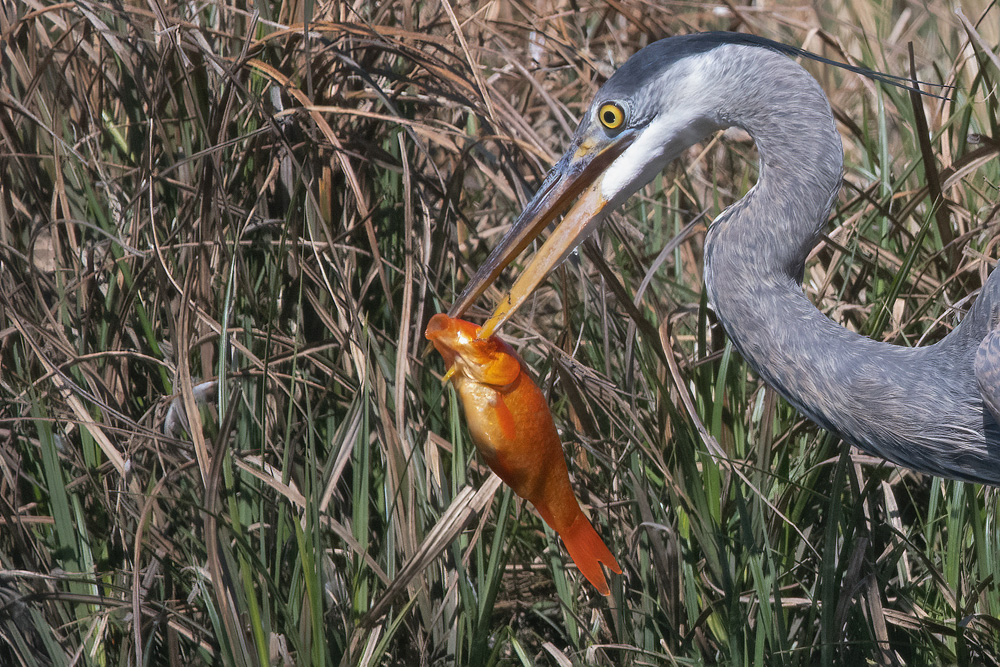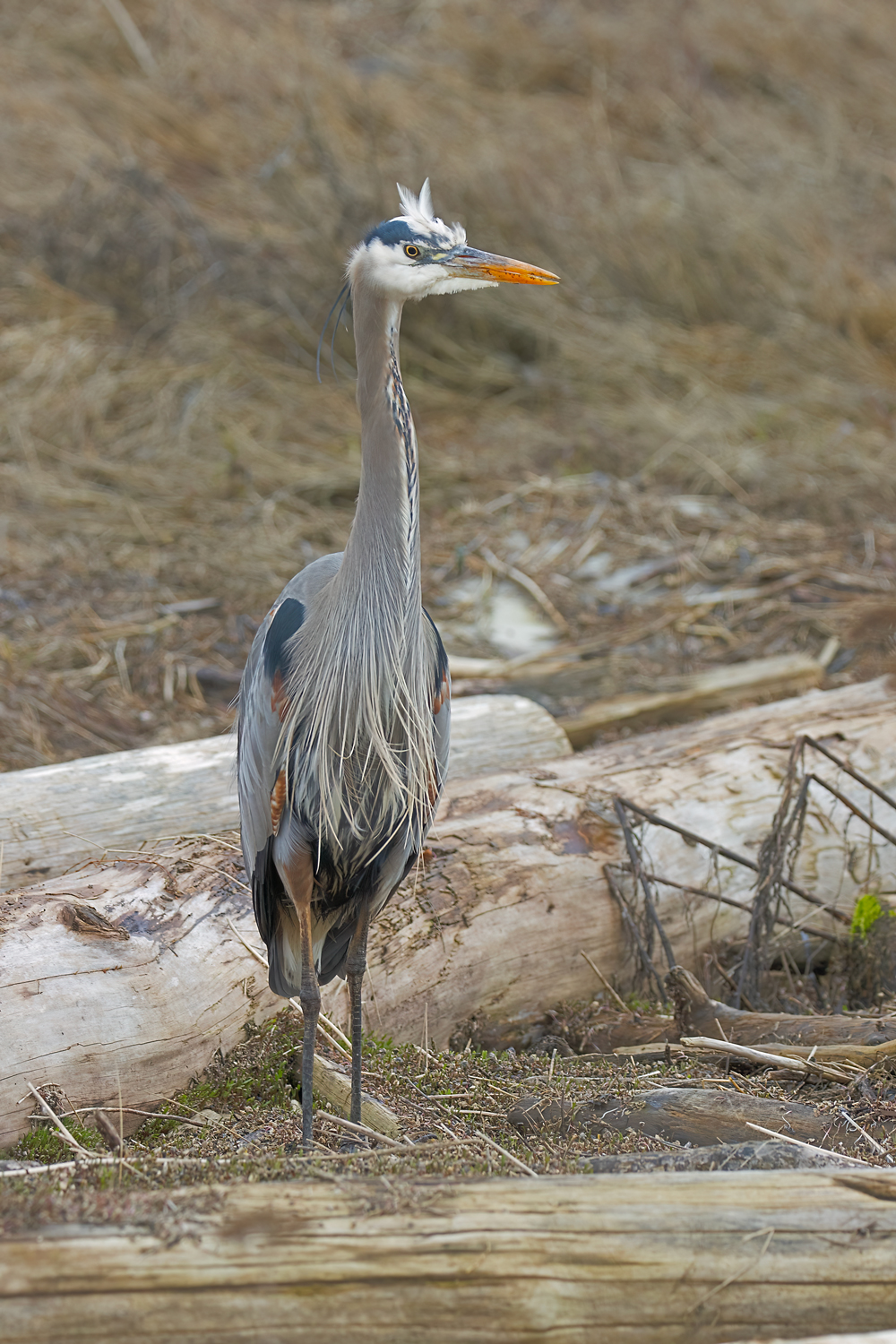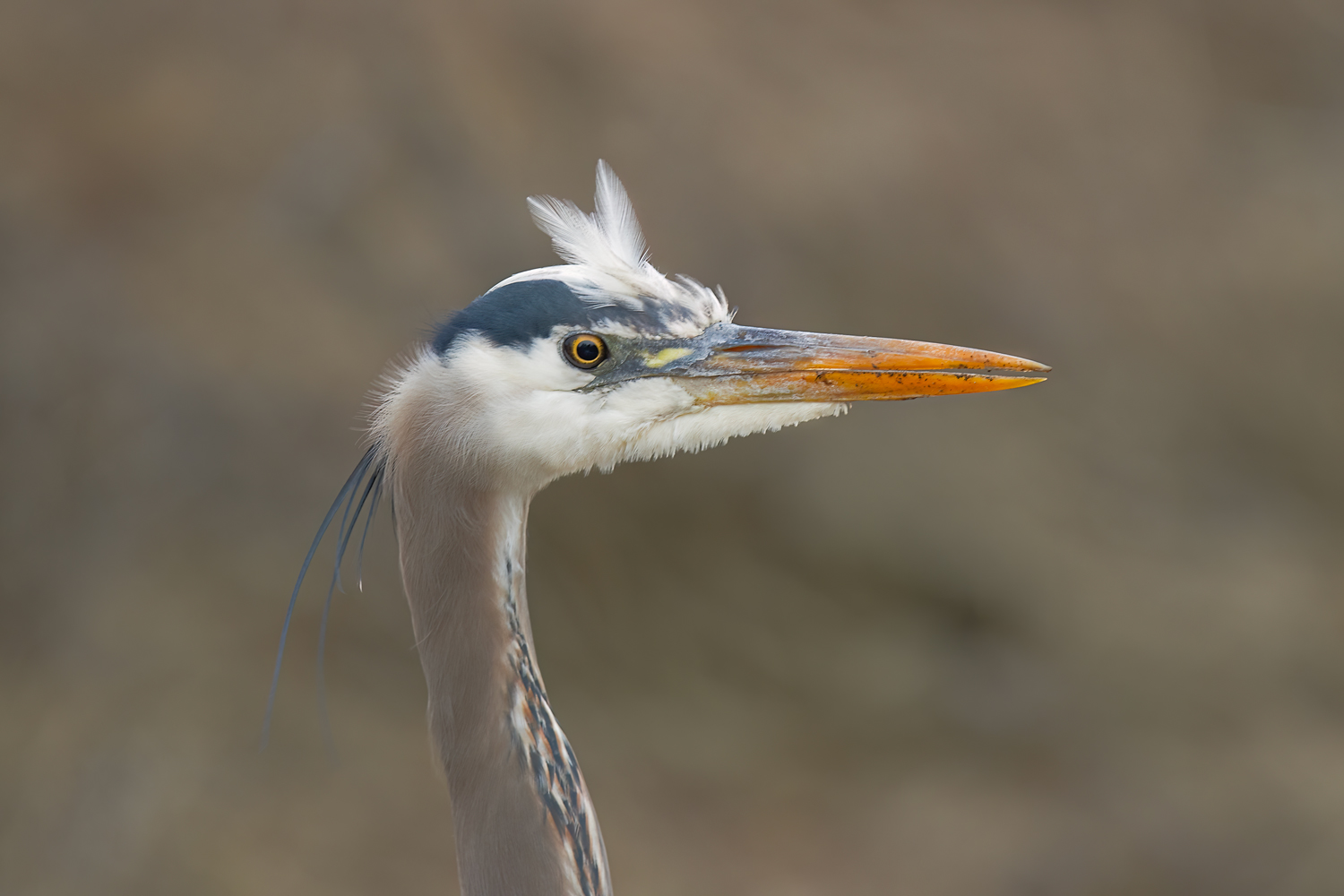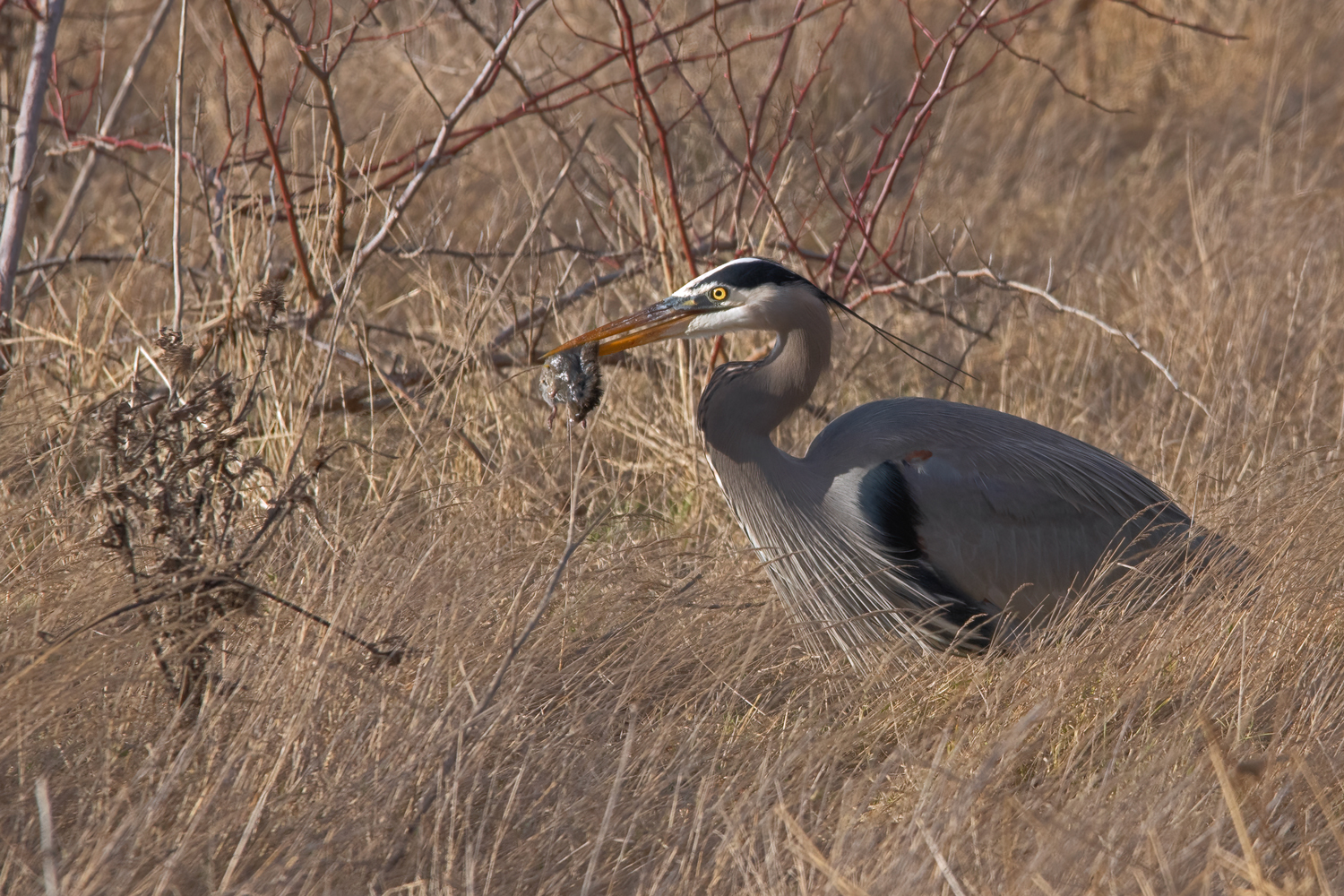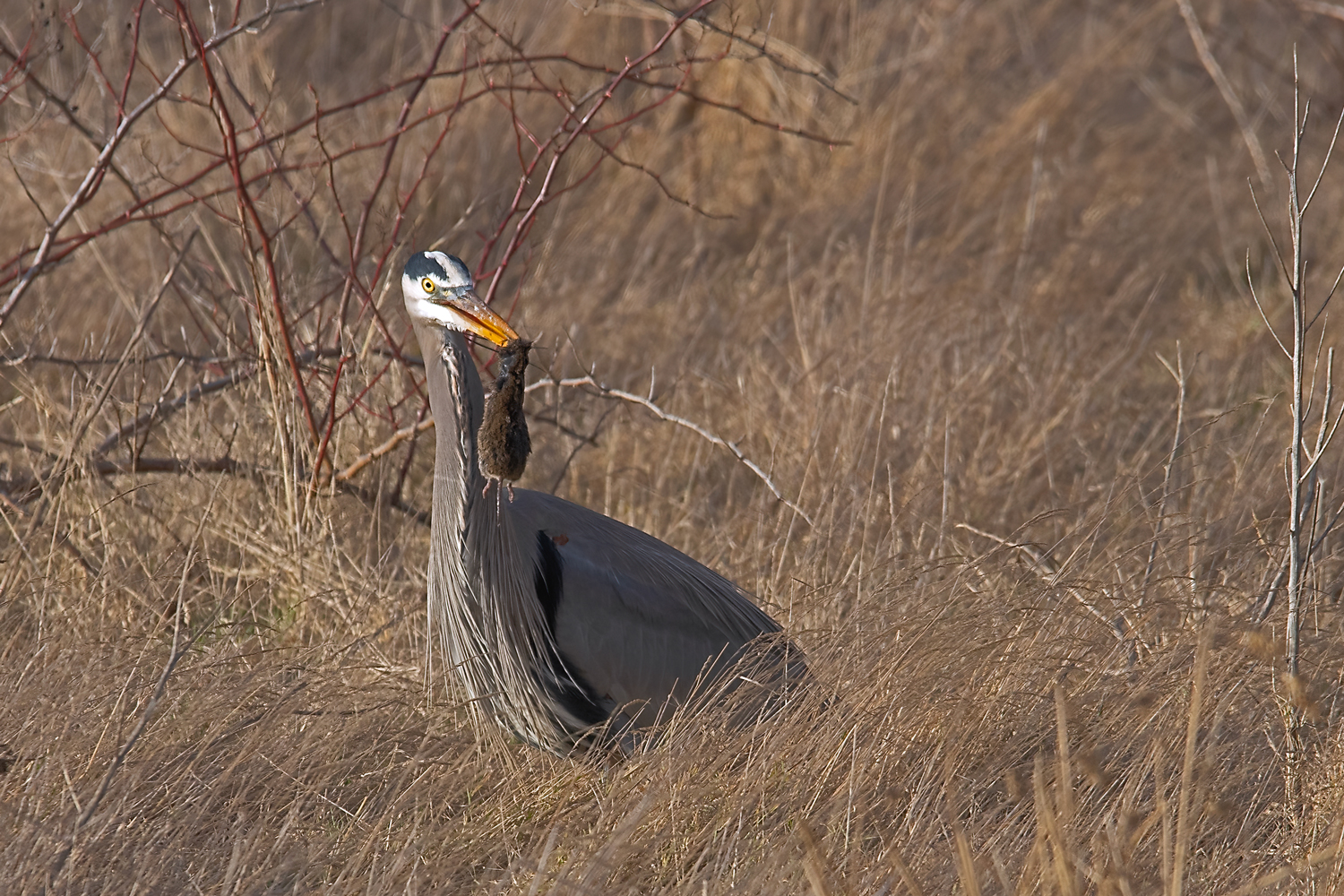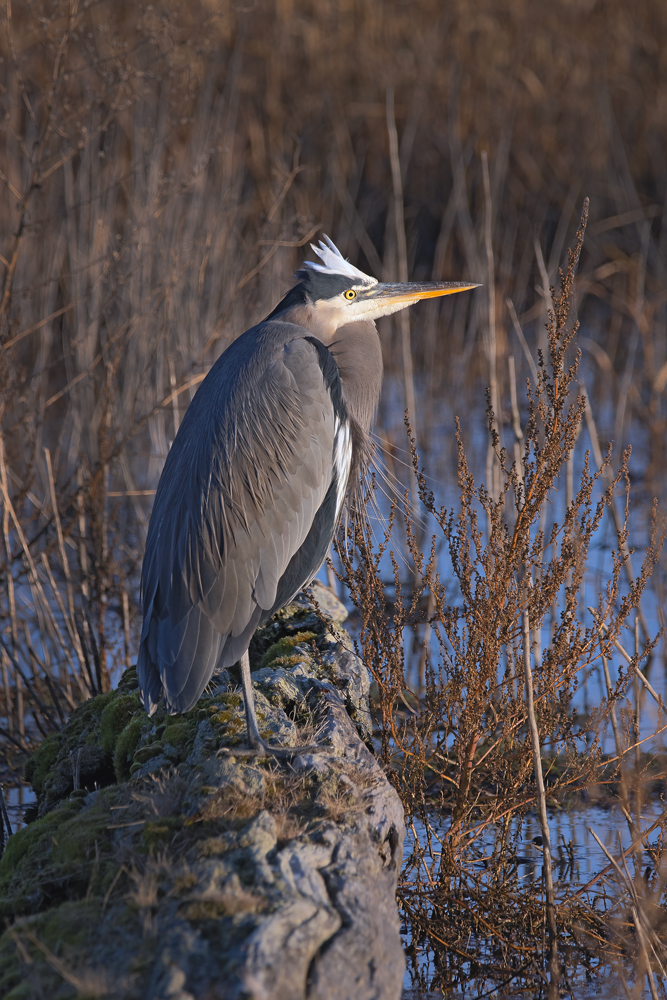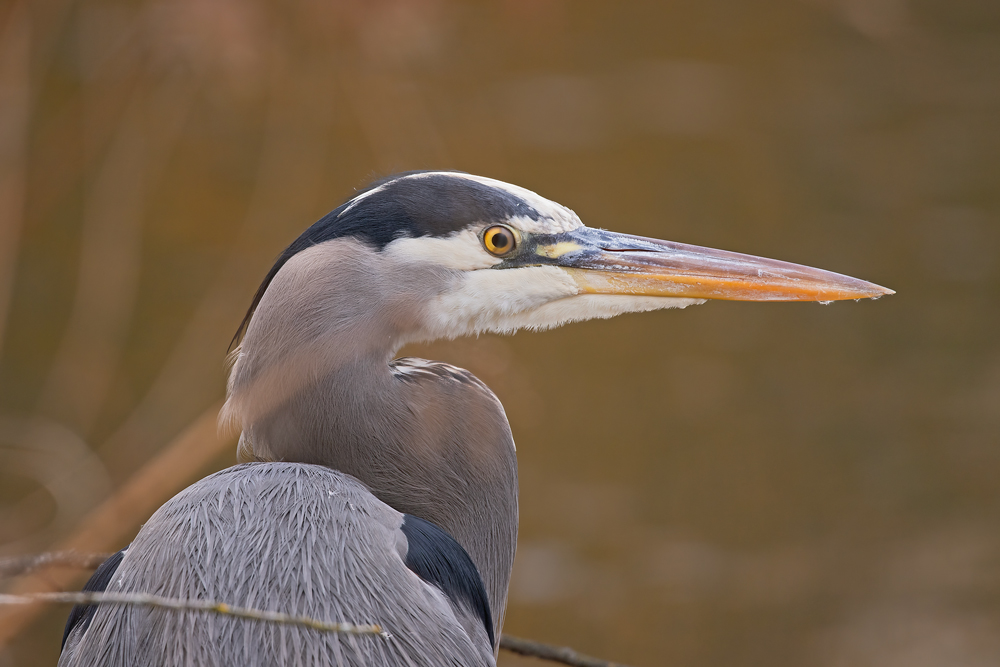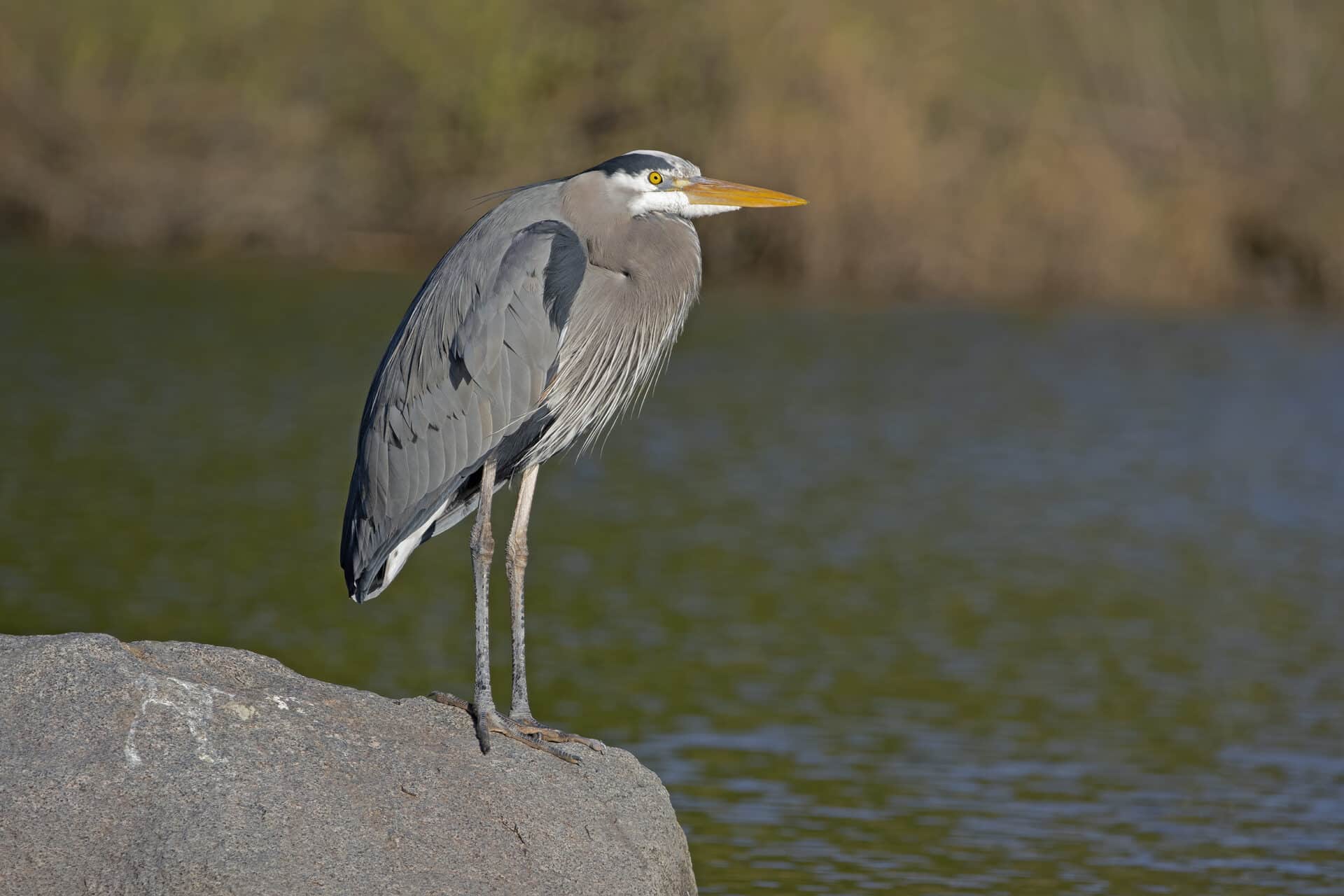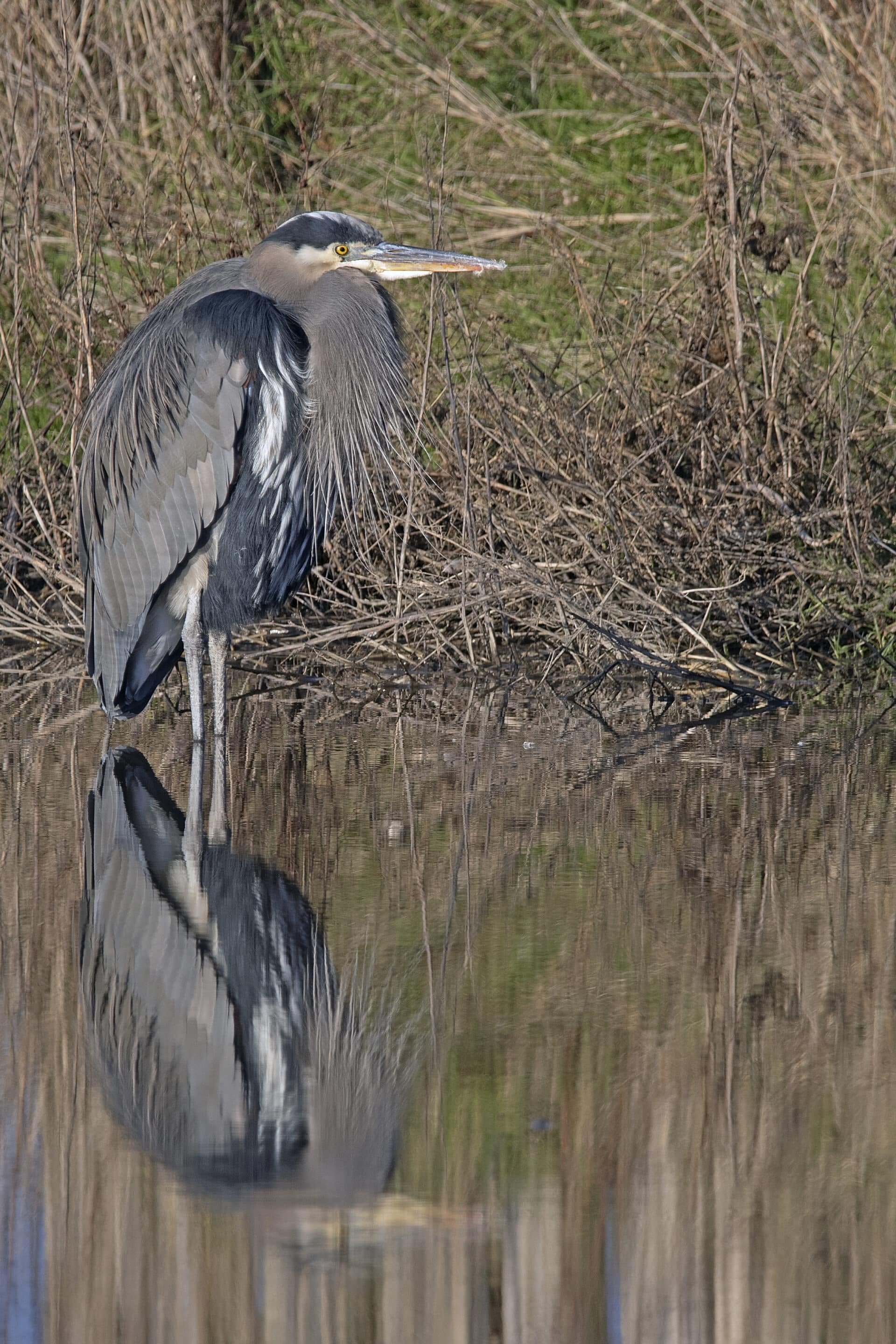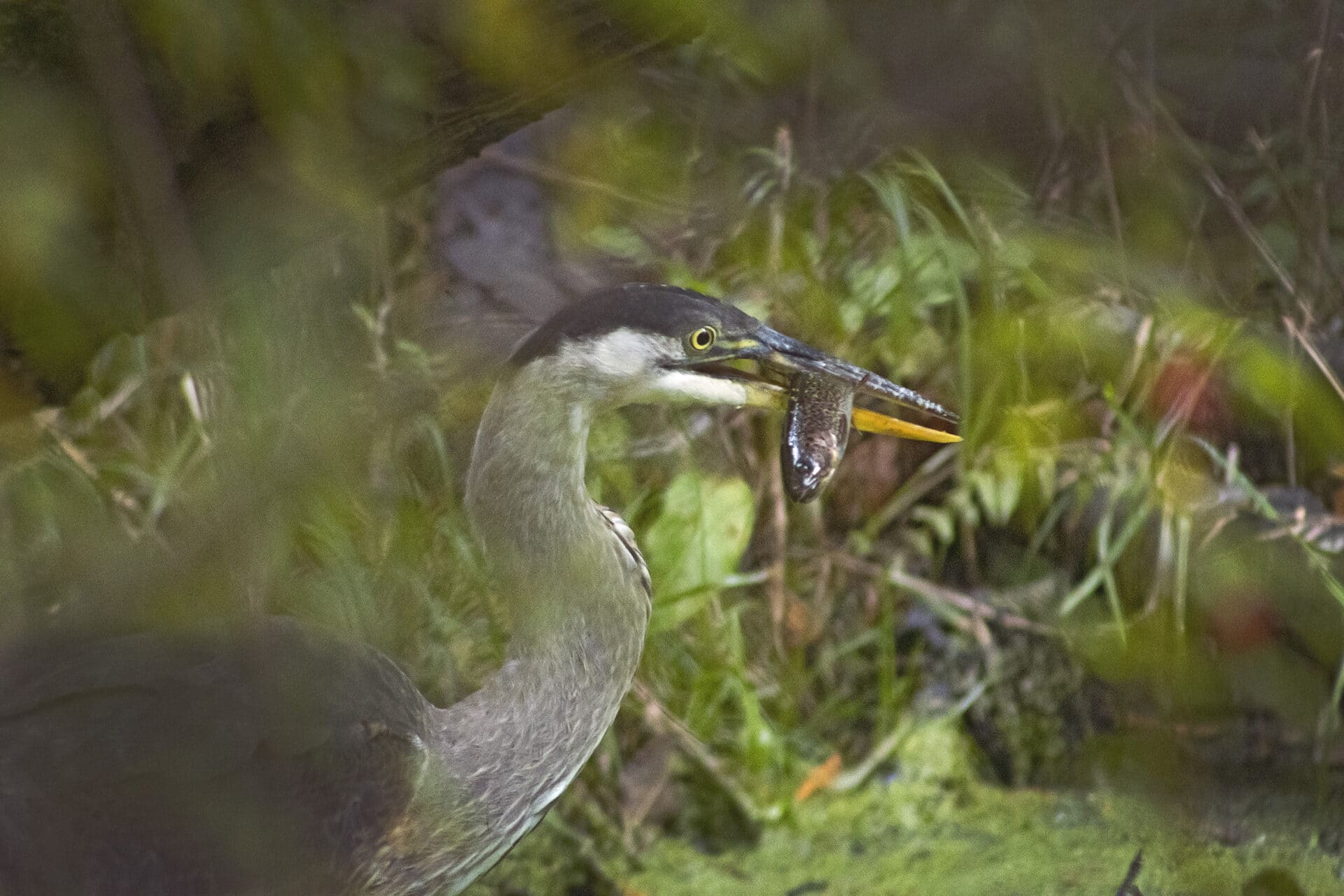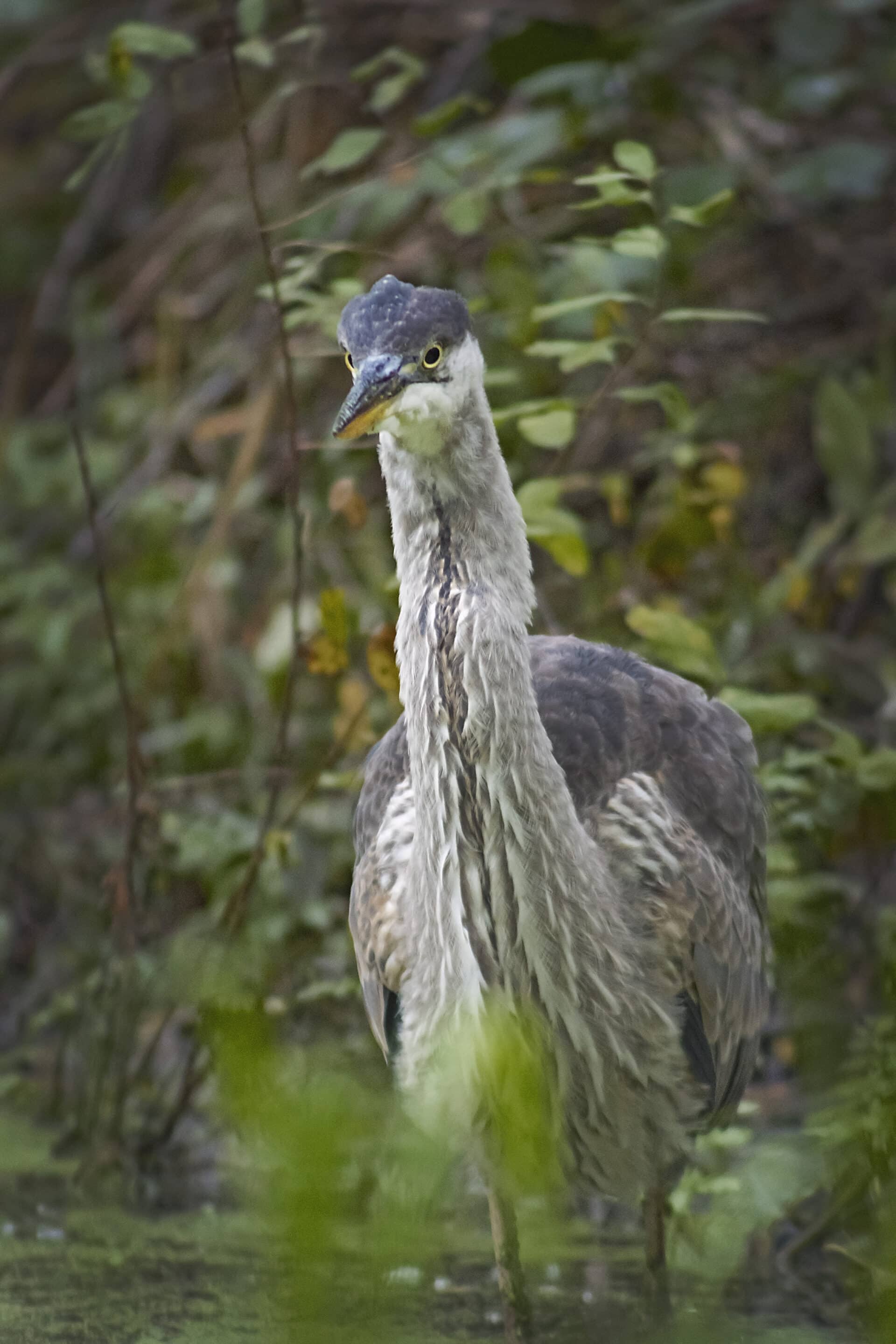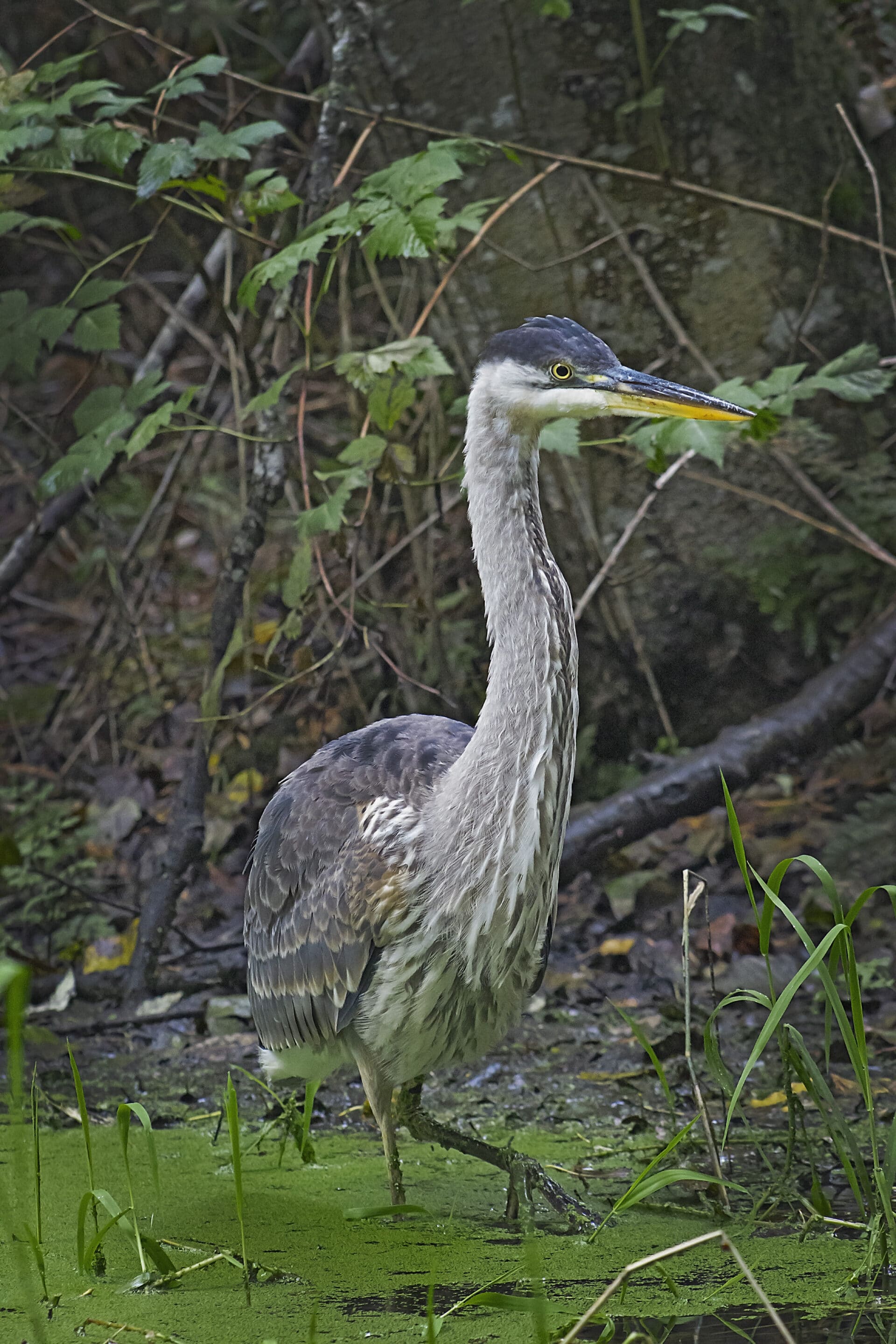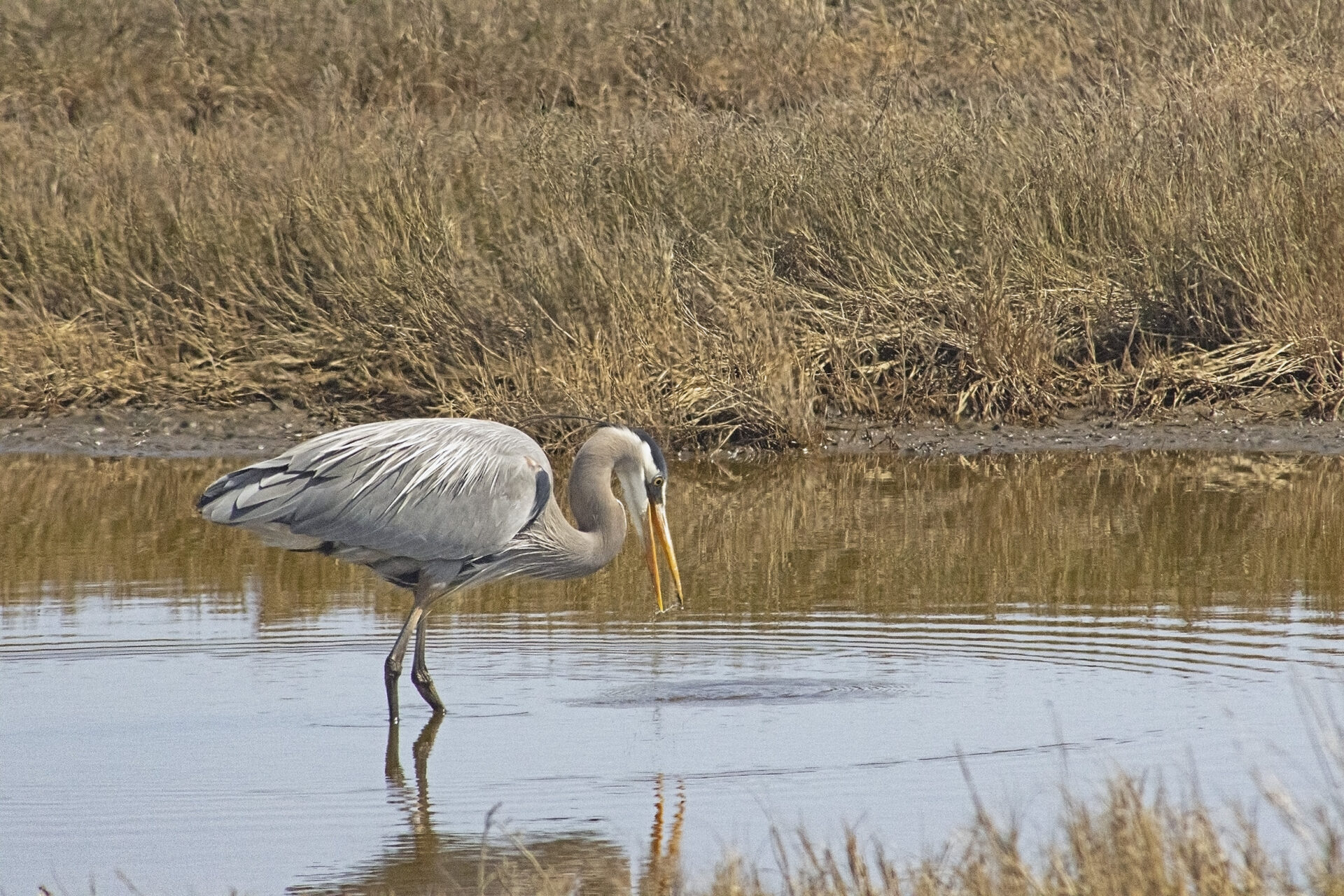When I think of my little corner of the world, great blue herons come to mind. There can be seen so often that I think of them as the “official bird” of the area. Despite how often I see them, I never get bored of taking their photo.
Quick Facts
Latin Name: Ardea herodias
Size: 60cm (23.622in) in height; 97cm – 137cm 38.189in – 53.937in) with neck fully extended. Has a wingspan of 115cm – 150cm (45.2756in – 59.0551in)
Lifespan: Up to 17 years
Finding Great Blue Herons
These birds thrive in a variety of environments. Pictured are herons in four different areas — the marshy shores of Boundary Bay, White Rock Beach, in a ditch along some farmland, and in a local park along the reeds. They typically forage in still waters, though as you can see there can be exceptions! They range from the western coast of Canada down through the entire United States, parts of Mexico, and the southern half of central and eastern Canada.
Protection
In general, great blue herons have healthy numbers, with estimates in Canada placing their population in the tens of thousands. However, the Committee on the Status of Endangered Wildlife in Canada has labelled the Pacific subspecies as a species of special concern.
One of the biggest threats to great blue herons today is habitat destruction and nesting disturbance from both humans and one of their few natural enemies, eagles. It’s thought that human development as far as 300 metres from a nesting site is enough to cause a disturbance.
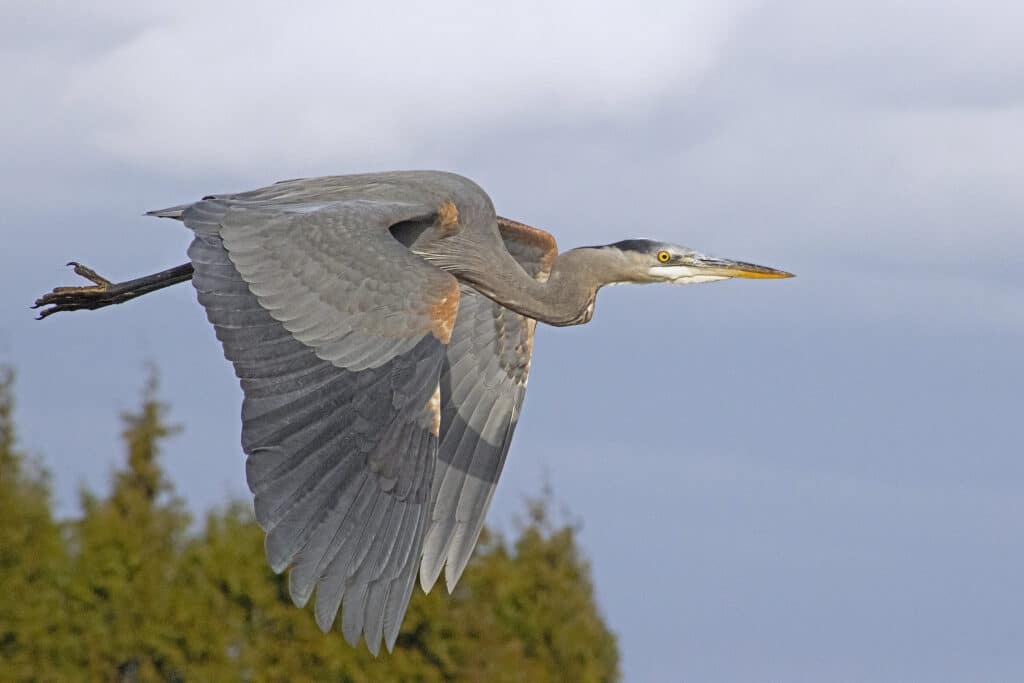
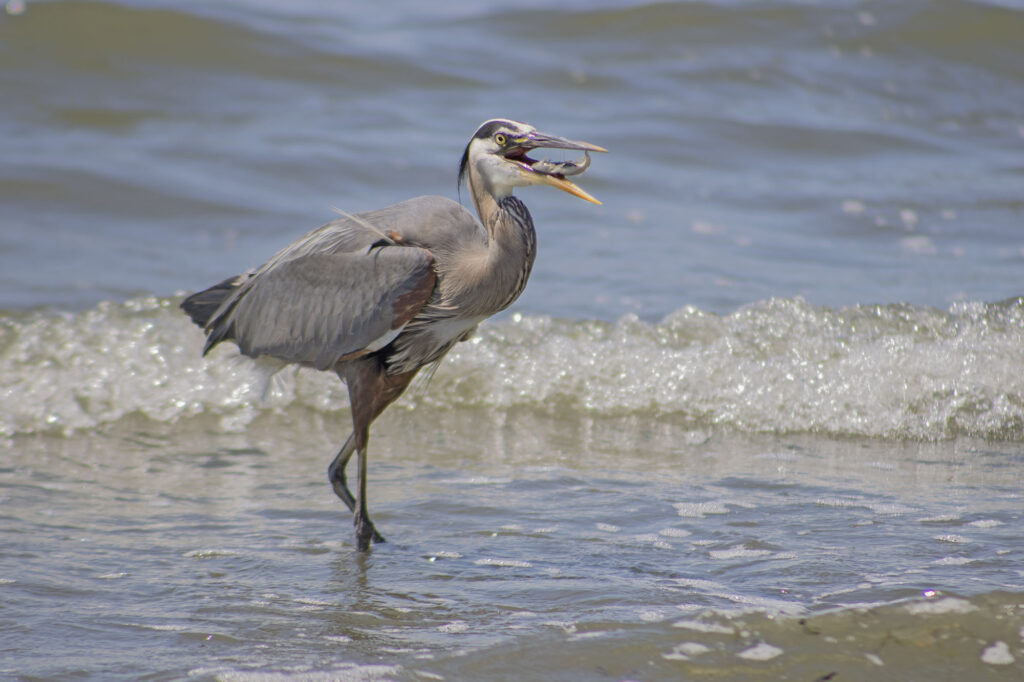
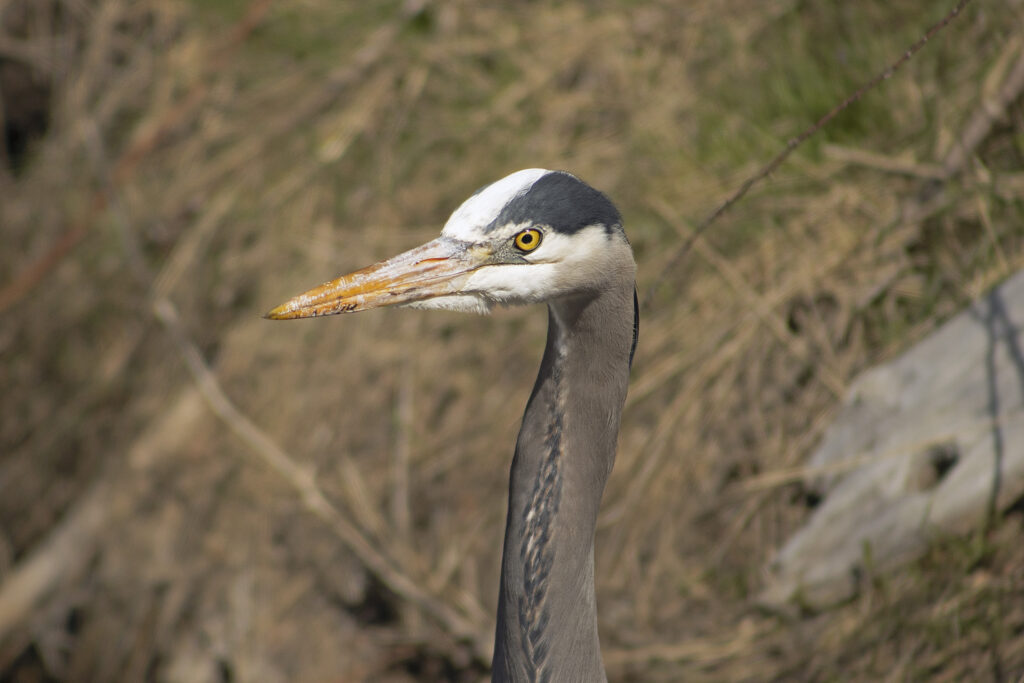
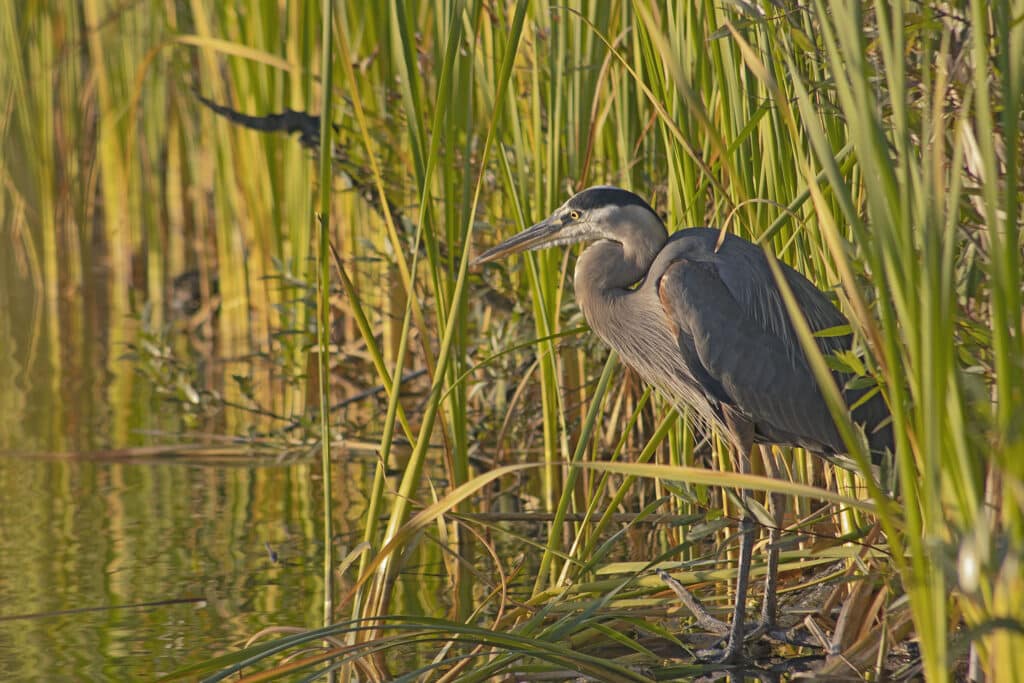
Great Blue Heron Gallery
Tap the gallery to see full-size images.
Sources
Like this post?
Thanks for reading! You can support me in making more posts like this by buying me a coffee, visiting my store, and subscribing to my newsletter. Follow me on Instagram for daily posts.

